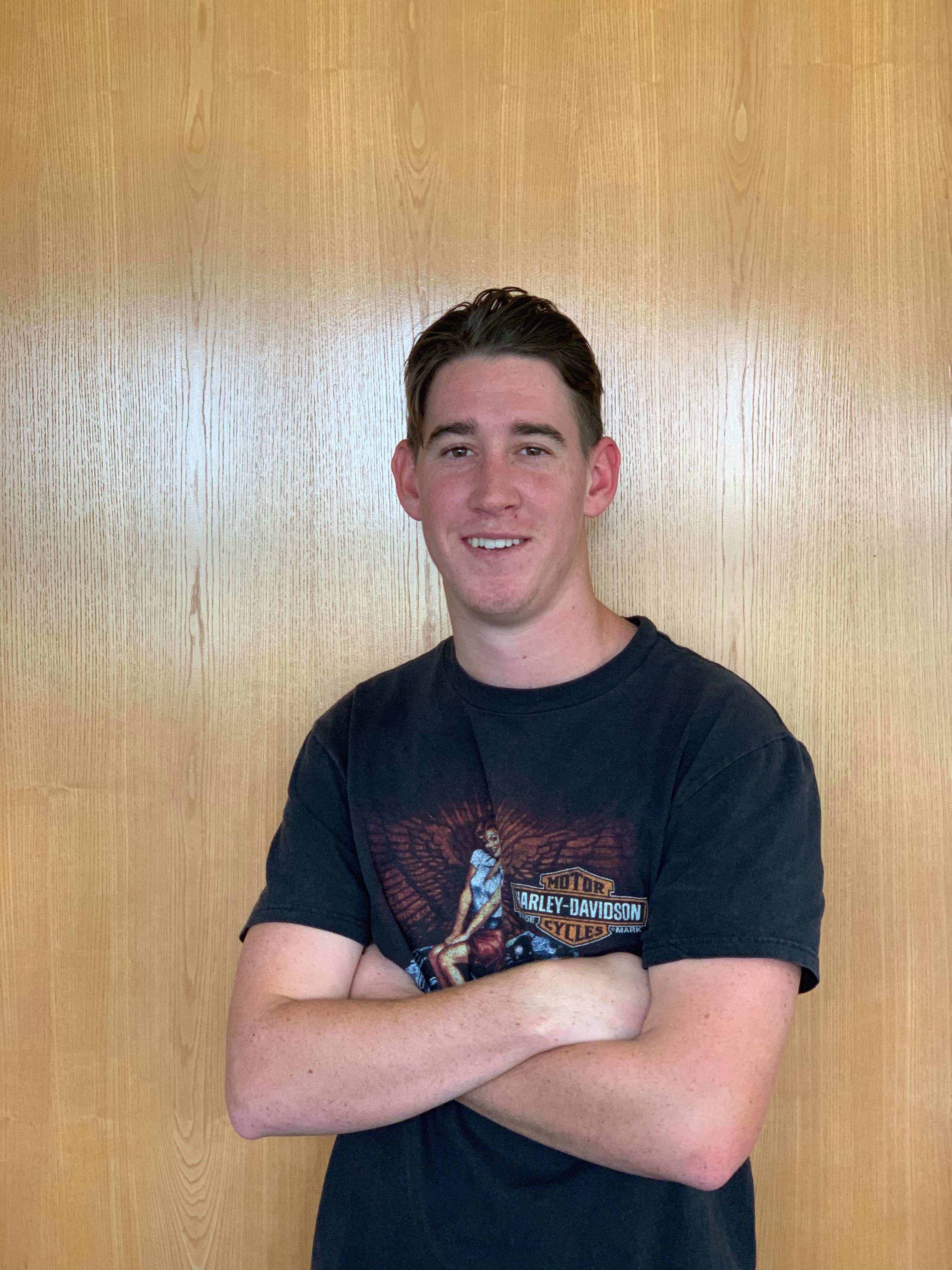Environment and Science Data
How might we use environment and science data to better engage with the community?
Go to Challenge | 19 teams have entered this challenge.

The Step Dads
Our project is a website/app that provides home owners with information on flood risks, fire ratings, water efficiency and solar energy potential for their specific area. The aim of the site is to engage Queensland communities with their surrounding environment through the use of spatial data.
We chose QLD spatial and hydrological data to create the My Environment website as it gave us the required information to determine and rate the environmental factors needed when purchasing a home. Excel was used to filter and search for errors and ArcCatalogue was used to determine the quality and relevance of each dataset. ArcGIS and R studio were then used to analyse the data to produce the environmental ratings for each location. Finally, the data were displayed on a user friendly platform (the website) to allow users to quickly engage with their environment.
Description of Use Used to model the Gumbel distribution and AEP (annual exceedance probability) of the recorded flood discharges within a given region for the home owners
Description of Use Used in Rstudio to create a flood analysis of the area. Data contains the mean, min and max discharges over the period of 1971 to 2019
Description of Use Basemap
Description of Use Used to calculate potential flooding, with respect to distance from watercourse and elevation
Description of Use Prominent Vegetation in area
Description of Use Used to calculate flood potential, with respect to distance from watercourse and elevation
Go to Challenge | 19 teams have entered this challenge.
Go to Challenge | 19 teams have entered this challenge.
Go to Challenge | 22 teams have entered this challenge.
Go to Challenge | 38 teams have entered this challenge.
Go to Challenge | 26 teams have entered this challenge.
Go to Challenge | 19 teams have entered this challenge.
Go to Challenge | 32 teams have entered this challenge.